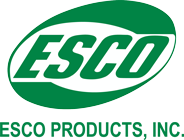Search the blog
Recent posts
Trenton’s Equipment Lubrication Standard
39 view(s)
Solving the Solitary Access Port Problem
42 view(s)
